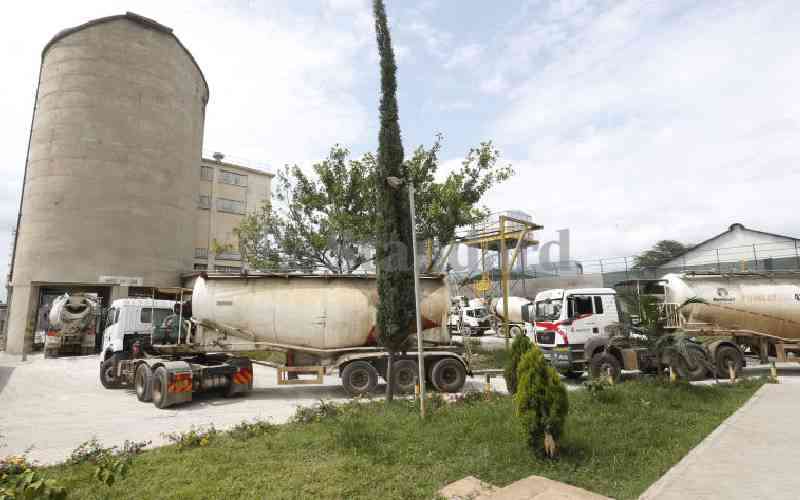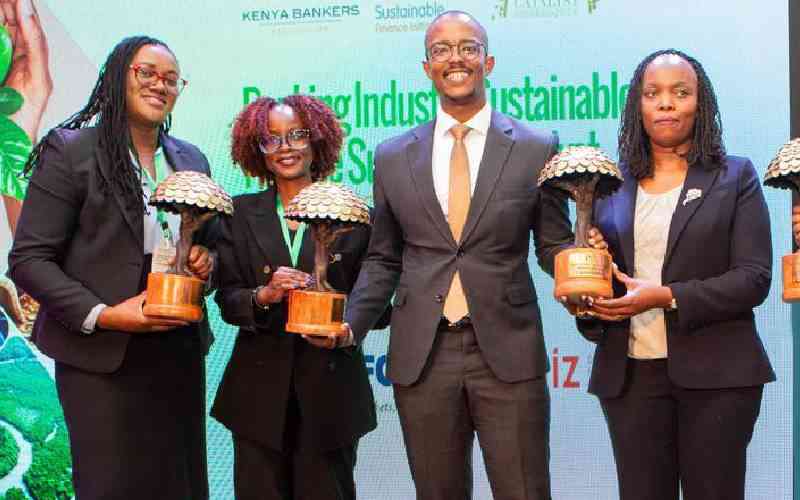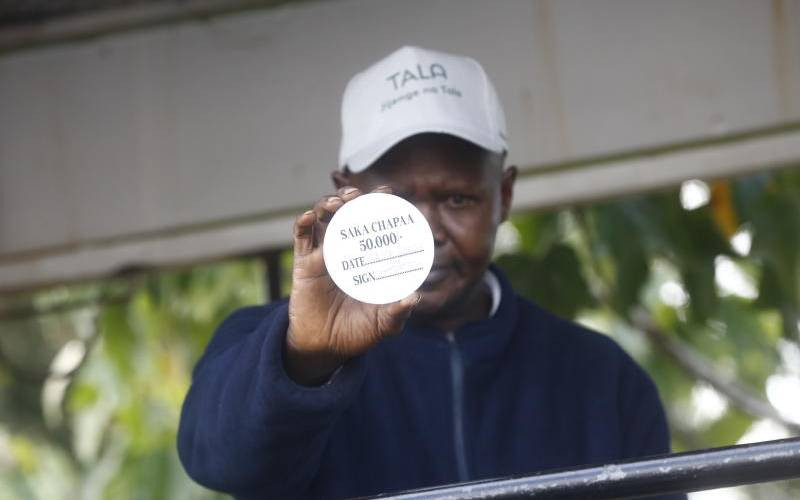
The government says the economy is on the recovery after reporting 848,100 new jobs were created in 2023, recording a four percent increase over the previous year.
The positive outlook comes even as the informal sector continues to provide the most employment as formal jobs become hard to come by for Kenya’s youth.
According to the Economic Survey 2024 released on Monday, the economy grew by 5.6 percent in 2023 compared to 4.9 percent in 2022 with agriculture, forestry and fishing being the major contributors to the gross domestic product (GDP) in the period at 19.8 percent followed by financial and insurance activities (16.6 percent) and real estate (13.3 percent).
The Kenya National Bureau of Statistics (KNBS) data shows total employment stood at 20 million in 2023 one year into President William Ruto’s administration, from 19.1 million in 2022. This excludes small-scale agriculture and pastoral activities.
The 848,100 jobs created in 2023 are 31,500 more than what was created between 2021 and 2022 during the last term of President Uhuru Kenyatta and his then Deputy, Dr William Ruto.
These figures informed the 4.4 percent increase in employment in 2023. While wage employment went up 4.1 percent, informal jobs grew by 4.5 per cent.
Accommodation and food service activities, while not being the country’s largest employer in the private sector, recorded the most growth as education had the greatest peak in the public sector.
According to the survey, the number of wage employees increased to 3,138,300 in 2023 from 3,015,400 in 2022. This is as the informal sector bulged further by 720,900 to hit 16, 685,600.
Total employment in the country as per the figures stands at 19,996,300 from 19,148,200 in 2022.
Compared to the private sector whose wage employment grew by 3.3 percent, the public sector went up by 5.9 percent.
“During the year under review, education recorded the highest growth of 10.9 percent mainly attributed to the large number of teachers hired by the Teachers Service Commission,” reads the report.
Accommodation and food service activities had the highest growth in the private sector at 27.8 percent. However, manufacturing wage employment grew by 3.3 percent to maintain 340,600 jobs last year.
Comparing the two, manufacturing created just 11,000 more jobs in 2023 compared to 21,100 created by the accommodation and food services activities.
Treasury CS Prof Njuguna Ndung’u who presented the findings noted the slow growth in manufacturing compared to its potential paints a picture of an economy on a recovery path and a trajectory that should be safeguarded.
“What will ignite and sustain economic vibrancy? What sectors drive and sustain growth and how do we protect those sectors? How do we manage the decline in some sectors for example manufacturing? These are very important questions,” he said.
The Kenya Kwanza administration purposes to grow manufacturing from the current 7.8 percent contribution to the economy to 20 percent by 2030.
“Kenyans have great expectations particularly this time when the nation is seeking ways to foster economic recovery after several years of persistent shocks,” he added.
The growth of wage employment in accommodation and food services activities was as a result of a rebound of tourism sector, which KNBS Director-General Macdonald Obudho said has surpassed pre-Covid levels.
Figures shared in the report show that international visitor arrivals in 2019 was 2,035,400 which dropped to 579,600 in 2020. In 2023, this number went up to 2,086,800 which is a growth of 35.4 percent compared to the 1,541,000 visitors received in 2022.
“We have recovered from where we stopped in 2019 which is a big growth,” he said. As a result of this increase, hotel bed occupancy also went up rising by 23.2 percent to 8,632,800 last year
“We have also taken note that out of the beds occupied last year more than half or 53.5 percent were occupied by Kenyans,” explained Dr Obudho.
Wage employment in the agriculture, forestry and fishing industry grew by 0.9 percent to produce 302,400 jobs from 299,700 in 2022.
This is notwithstanding that agriculture recorded a rebound from two negative growths of 2.3 percent and 0.3 percent in 2022 and 2021 respectively to report a seven percent expansion in 2023.
“This is very high and is what has actually contributed to our final GDP,” said Obudho.
“Our biggest economic activity right now is agriculture which stands at 21.8 in our GDP. When our GDP was -0.3 (in 2020) basically all the other sectors went down, we were saved by agriculture, which grew by 5.2 per cent then,” he said.
Of the sectors that contributed to the final GDP, Obudho noted that mining and quarrying recorded a decline of 4.3 per cent.
“Mineral production declined by 4.3 percent. This is because titanium earnings went down by 14.3 percent to stand at Sh24.2 billion,” he said.
The sector grew its wage employment by just 1.4 percent adding just 200 new jobs.
While this economic outlook has been described as strong by Prof Ndung’u, he said the economy is still unwinding from a series of negative and persistent shocks since the Covid-19 pandemic.
He said theoretically the negative shocks are supposed to be transitory while positive changes should be long term. However, the economy is getting negative and persistent shocks which it is trying to recover from.
“The economy is actually signalling a very strong recovery. It is important that we can defend and protect that recovery. We have a duty to use whatever means we can to defend that economic recovery. By the way the 5.6 percent growth is above average even in the African region,” said the CS.
“In the 80s we were told that when there are negative shocks they should be transitory but when there are positive they should be long term.’’
 The Standard Group Plc is a multi-media organization with investments in media platforms spanning newspaper print
operations, television, radio broadcasting, digital and online services. The Standard Group is recognized as a
leading multi-media house in Kenya with a key influence in matters of national and international interest.
The Standard Group Plc is a multi-media organization with investments in media platforms spanning newspaper print
operations, television, radio broadcasting, digital and online services. The Standard Group is recognized as a
leading multi-media house in Kenya with a key influence in matters of national and international interest.











